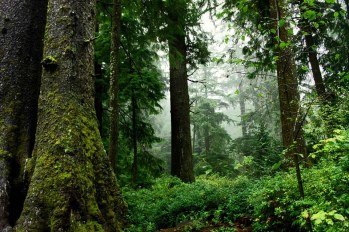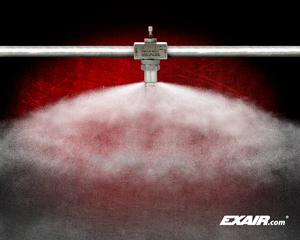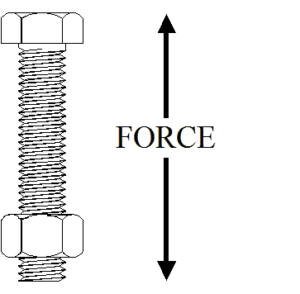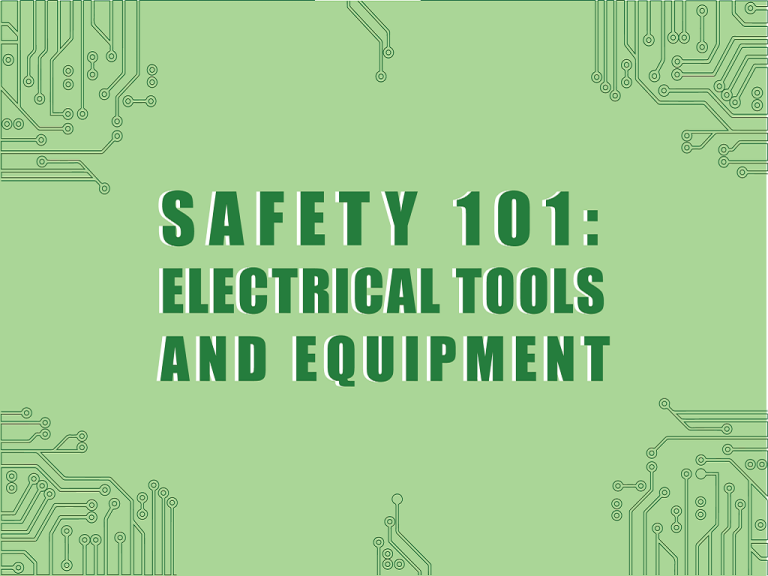Humidification Calculations Related To Atomizing Spray Nozzles

I had an application where a customer needed to have a room at 75% relative humidity (RH). They produced a nylon backing for carpet, and they needed the high RH to reduce the “stickiness” in the gluing process. Currently they were at 40% RH in a room that was measured at 40ft long by 20ft wide by 20ft high (12.2m long X 6.1m wide X 6.1m high). They wondered if our Atomizing Nozzles could help him to increase the relative humidity in the room. I decided to put on my engineering hat to calculate the amount of water that he would need to increase the humidity.
Relative humidity (RH) is the percentage of water vapor as compared to the saturation level at the same temperature. So, at 100% RH, the ambient air is saturated and cannot hold any more water vapor. You can feel the difference in the Amazon versus Arizona at the same temperature. With dryer conditions, water can be added to increase the relative humidity; like a humidifier. With the EXAIR Atomizing Nozzles, we can break liquid water into very small droplets to help increase the humidification rate. For the customer above, I will have to determine what size and how many Atomizing Nozzles are required.
Equation 1
H = V * ACH * (Wf – Wi) / (v * 7000)
Where:
H – mass flow rate of water, Lbs/hr
V – Volume of room, ft3
ACH – Air changes per hour
Wf – Final Water Content, Grains/lb of dry air
Wi – Initial Water Content, Grains/lb of dry air
v – Specific Volume of Air, ft3/lb
Conversion Constant – 7000 Grains/lb
The customer stated that the room was set to 68oF (20oC), and they used an air handling unit (AHU) that produced 1,600 cfm (44.5 M3/min) of air into the room. From these factors, we can determine some of the variables above. For the Air Changes per Hour (ACH), we can use Equation 2.
Equation 2
ACH = 60 * Q / V
Where:
ACH – Air changes per hour
Q – Volumetric flow rate, CFM
V – Volume of room, ft3
The volume of the room is V = 40ft X 20ft X 20ft = 16,000 ft3. The volumetric flow rate by the AHU is 1,600 ft3/min. From Equation 2,
ACH = 60 * (1600 ft3/min) / 16,000 ft3
ACH = 6/hr.
In determining the water content values, you can find a chart online to determine the amount of water vapor that is contained in the air at a specific temperature and RH. At 68oF (20oC), I was able to find the following information:
Wi = 40.58 Grains/lb of dry air at 40% RH
Wf = 76.71 Grains/lb of dry air at 75% RH
v = 14.286 ft3/lb @ 68 deg. F, 1 atm
V = 16,000 ft3
If we plug in the numbers that we have into Equation 1, we can determine how much water that we will need to spray into the air to increase the RH from 40% to 75%.
H = V * ACH * (Wf – Wi) / (v * 7000)
H = 16,000 ft^3 * 6/hr * (76.71 – 40.58 Grains/lb) / (14.286 ft^3/lb * 7000 Grains/lb)
H = 34.68 lb/hr
With my prior line of work in room humidification, we know that there is a lead/lag time between measuring and humidifying. This may seem complicated, but it is important to get a steady state condition for the Relative Humidity. To help this customer, I recommend a cycle time of 15 second to turn on and wait 105 seconds to re-measure the RH. This will help to not over-saturate the room. As for the location of the Atomizing Nozzles, we want to be near the ceiling to get the most “air” time to vaporize. We also have to be careful to not allow the water spray to hit any objects or each other as this will cause the water to condense.

To start, I suggested our model AT2010SS No Drip Internal Mix 360o Hollow Circular Pattern. This type of nozzle helps to extend the settling time of the water droplets; the amount of time that the droplets are suspended in the air. The orientation of the spray is outward in all direction to increase coverage. With the No Drip option, it is controlled by the air pressure to open and close the liquid side for spraying. When the compressed air is turned off, a valve will seal the liquid side to not allow any drips. It also helps to eliminate the need for any liquid valves next to the Atomizing Nozzles. When it comes to cycle spraying, the No Drip option works wonderful.
In taking into consideration the flow rate required during operation time, we can calculate the amount of liquid flow required for the Atomizing Nozzle in Equation 3.
Equation 3:
Flow rate: Q = H / (D * T * f)
Where:
Q – Liquid flow rate (gal/hr or GPH)
H – Mass Flow Rate (lbs/hr)
D – Density of Water (8.34 lbs/gal)
T – Span division (no scale)
f – Intermittent Factor (no scale)
To determine the number of Atomizing Nozzles, we want to look at the time determination with the controller and the intermittence of operation. With the ACH = 6/hour, the air in the room will change over every 10 minutes. We want to have a balance between the new air and the existing air. So, with the time measurement of 15 seconds on and 105 seconds off (2 minutes), we will have 5 humidity checks over the 10 minutes. We can divide the amount of water to be injected into the room by the span division, T, to cover the time span for check and atomization. Thus, T = 5. We will also have to adjust the amount for only running 15 second intervals. So, the intermittent factor, f, will be 0.0042 (the 15 seconds portion of the hour).
With these values, we get:
Q = (34.68 lbs/hr) / (8.34 lbs/gal * 5 * 0.0042)
Q = 198 gal/hr (GPH)
In the catalog, the model AT2010SS will flow 14.7 GPH (55.7 LPH) of water at 60 PSIG (4.1 Bar) liquid pressure. If we divide these out, it will tell us how many atomizing nozzles that is needed to humidify the room.
Number of Nozzles: 198 GPH/14.7 GPH = 13.5 or 14 Atomizing Nozzles.
With the above Atomizing Nozzles, the company was able to control the RH at a high level for his manufacturing process. In turn, he was able to increase productivity and reduce downtime. If you need to increase the level of humidity in your area, you can contact an Application Engineer at EXAIR for help. We can make it feel like the Amazon.
John Ball
Application Engineer
Email: johnball@exair.com
Twitter: @EXAIR_jb
Photo: Forest by janeb13. Pixabay License

